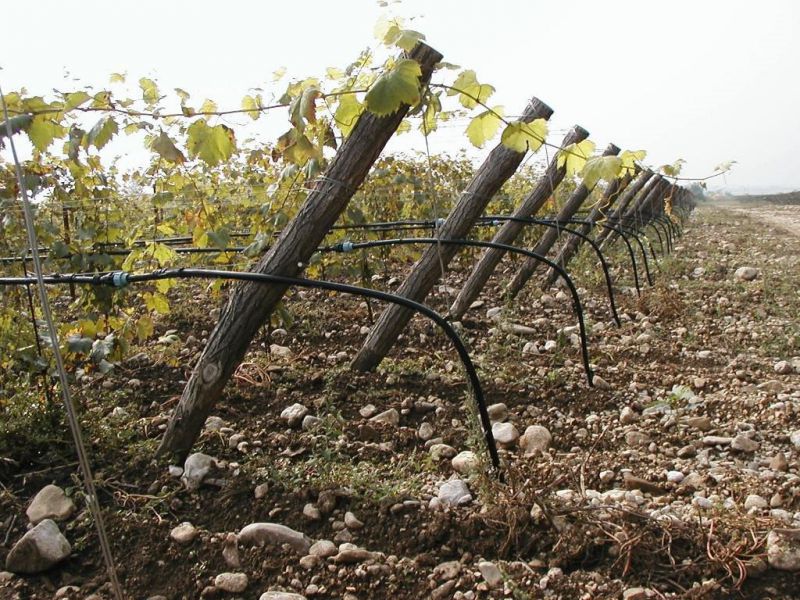

Since 1997 (i.e. since the signing of the Kyoto Protocol), CO2 emissions into the atmosphere have continued to increase, reaching unprecedented levels in 2018. It is therefore vital that policies are implemented as soon as possible to limit this global warming effect to a maximum of 1.5°C. One of the sectors involved will undoubtedly be agriculture, by improving production quality and reducing emissions.
The threshold of 1.5°C was defined by the IPCC as a point of no return. However, staying within this range will not be sufficient to curb the current trend: we will also need to invest in the development of natural and industrial systems that allow CO2 to be captured from the atmosphere. Unquestionably, one of these systems – by far the most powerful – is photosynthesis, which is capable of capturing around 10 times the emissions of fossil fuels. With respiration, a large proportion of this is re-emitted into the atmosphere, save for the part that is retained in the soil, one of the planet’s systems with the greatest capacity for carbon absorption in the form of organic matter.
The increase of CO2 in soil is highly productive, because a soil rich in organic matter has a more stable structure and greater biodiversity and can retain nutrients and water up to 20 times its weight. Essentially, it is a ‘resilient’ soil that remains stable even in the face of extreme events and guarantees optimal growth for plants.
Soil is one of the planet’s systems with the greatest capacity for carbon absorption. For this absorption to take place, however, there needs to be a constant supply of organic matrices, and techniques need to be used to minimise losses.
We need to move from conventional ‘NPK’ management to ‘CNPK’, where maintaining carbon levels in the soil allows nutritional elements to be returned to plants and consequently boosts the system’s capacity for photosynthesis. This shift makes the following possible:
There are different types of agriculture that allow us to obtain a more productive and sustainable system. One example is organic agriculture, which is based on the one hand on repeating weed control processes, and on the other hand on returning organic matter to the soil. Whatever the strategy implemented, what emerges is that a shared dialogue is the only way to achieve our common goal of producing more and better in order to cope with the increased demand for food in relation to the reduction of land per capita.
In its own small way, Rariplast is contributing to this mentality shift by promoting the adoption of micro-irrigation systems that ration agricultural water better in order to avoid waste. Our projects also involve the management of biogas and many other bio-sustainability tools.
Contact us for further information, and we’ll be happy to help!